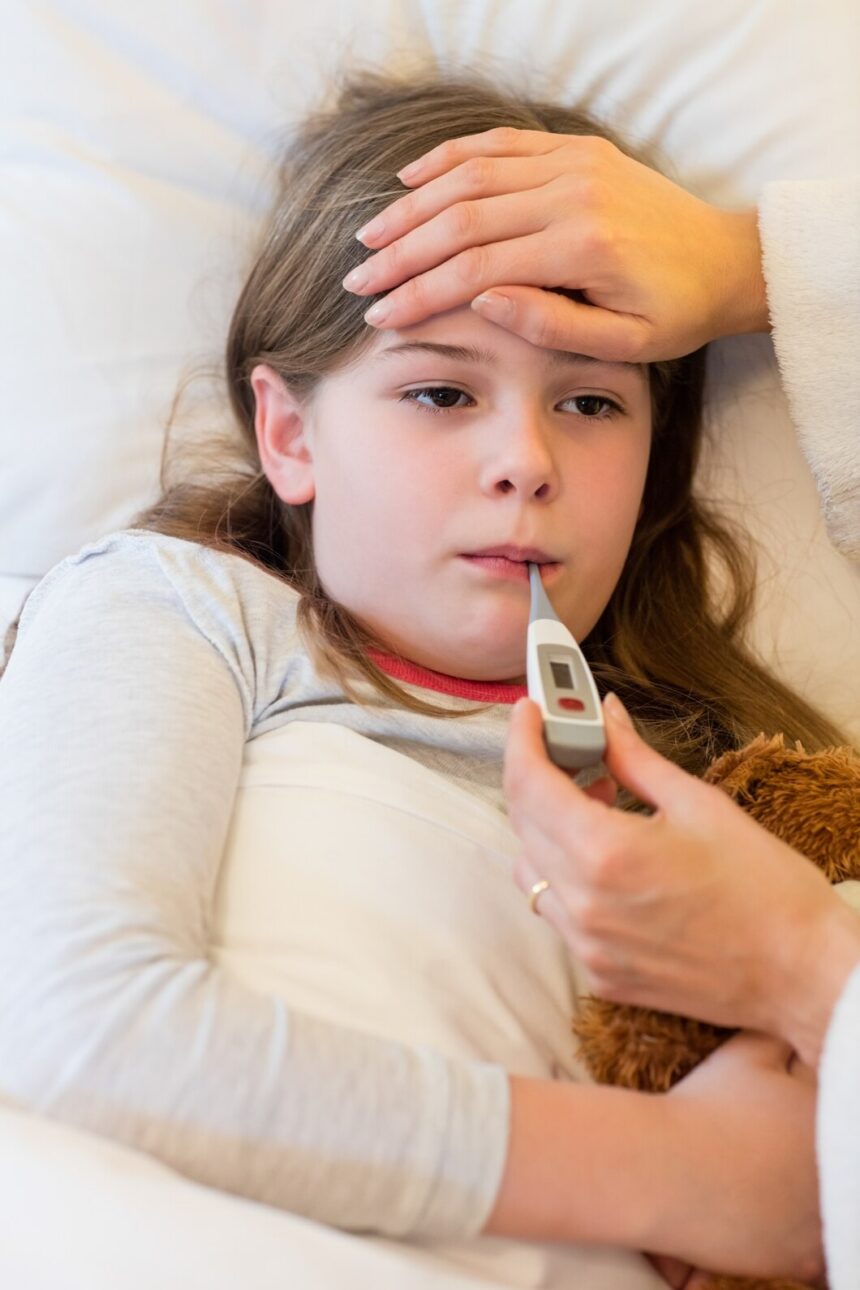Mumps is a contagious viral infection caused by the mumps virus, which primarily affects the salivary glands, leading to swelling and discomfort. While mumps is less common today due to widespread vaccination, outbreaks can still occur, particularly among unvaccinated populations. Recognizing the early signs and symptoms of mumps in young children is essential for timely diagnosis and appropriate management. Here’s what parents should know about identifying mumps in their little ones:
- Fever: One of the earliest signs of mumps in young children is fever. A low-grade fever, typically ranging from 100.4°F (38°C) to 102.2°F (39°C), may develop a few days before other symptoms appear. Monitoring your child’s temperature regularly can help detect fever promptly.
- Swelling of the Parotid Glands: The hallmark symptom of mumps is swelling of the parotid glands, which are located on the sides of the face, just below and in front of the ears. Swelling may occur on one or both sides of the face and can cause noticeable puffiness or enlargement of the cheeks.
- Pain and Tenderness: Along with swelling, children with mumps may experience pain, tenderness, or discomfort in the affected salivary glands. The swelling may make it painful for children to chew, swallow, or open their mouths fully.
- Headache: Headaches are common in children with mumps and may accompany other symptoms such as fever and swollen glands. The headache may be mild to moderate in intensity and may worsen with movement or pressure on the head.
- Fatigue and Malaise: Children with mumps may experience feelings of fatigue, malaise, or general discomfort. They may seem unusually tired, lethargic, or irritable, and may prefer resting or lying down rather than engaging in physical activities.
- Loss of Appetite: Loss of appetite is another common symptom of mumps in young children. The discomfort associated with swollen glands and other symptoms may cause children to eat less than usual or refuse certain foods.
- Painful Swallowing: Swollen salivary glands can make swallowing painful or uncomfortable for children with mumps. They may complain of sore throat or discomfort when swallowing saliva, food, or liquids.
- Ear Pain: The swelling of the parotid glands in mumps can sometimes cause referred pain to the ears. Children with mumps may experience ear pain or discomfort, particularly when chewing or moving their jaws.
- Nausea and Vomiting: Nausea and vomiting may occur in some children with mumps, particularly if they have a fever or experience severe discomfort. These symptoms are usually mild and temporary but may contribute to dehydration if not managed appropriately.
- Complications: In rare cases, mumps can lead to complications such as orchitis (swelling of the testicles), meningitis, encephalitis, or hearing loss. Parents should seek medical attention if their child experiences severe symptoms or complications associated with mumps.
If you suspect that your child has mumps based on the presence of these early signs and symptoms, it’s essential to contact your healthcare provider promptly for evaluation and guidance. While there is no specific treatment for mumps, supportive care, such as rest, hydration, pain relief, and isolation to prevent spreading the virus to others, can help manage symptoms and promote recovery. Additionally, ensuring that your child is up to date on their MMR (measles, mumps, and rubella) vaccination can help prevent mumps infection and reduce the risk of outbreaks in the community. By staying informed and vigilant, parents can play a crucial role in protecting their children’s health and well-being.










